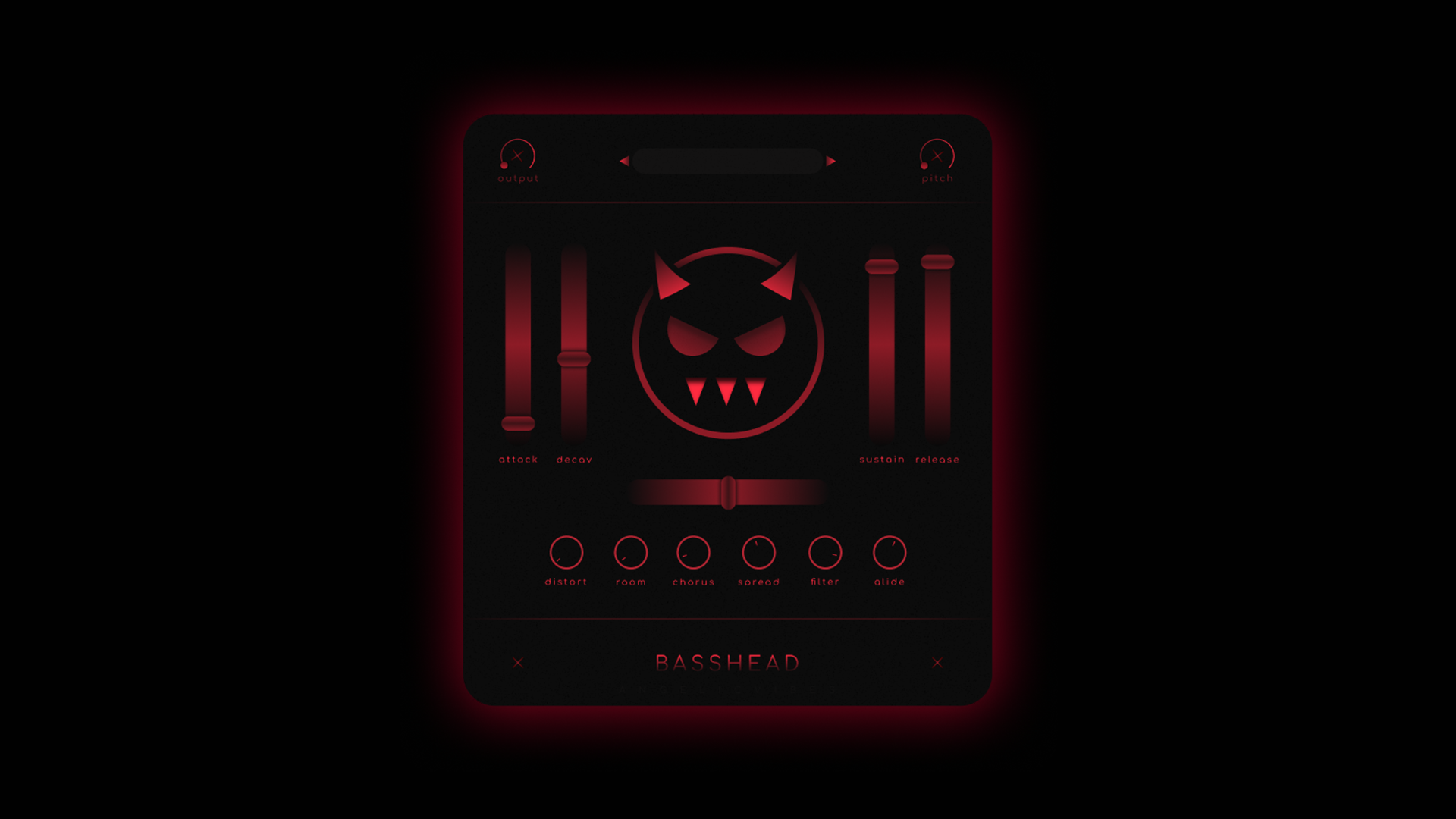What are chord progressions
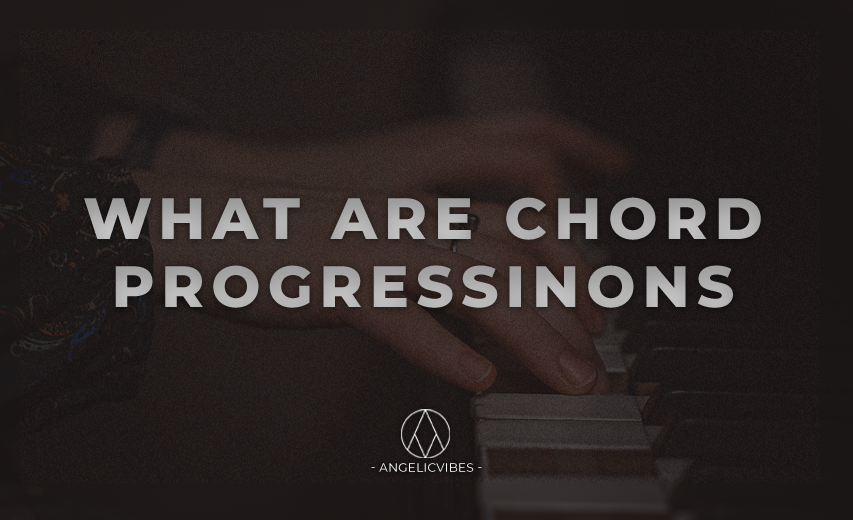
Overview
If you’re making beats but not sure how to write chord progressions; if you’re every wondered what are chord progressions; or if you want to know what chords top producers are using on their catchiest beats, this article is perfect for you.
In this article:
- Why is theory important?
- What is chord progression?
- What are the common chords producers use?
- Examples of popular chord progressions
But if you’re on the fence about how important chord progression and music theory is, sit down and get ready to take some notes because this article can help you get started down the music theory wormhole that’s just waiting for you to explore it.
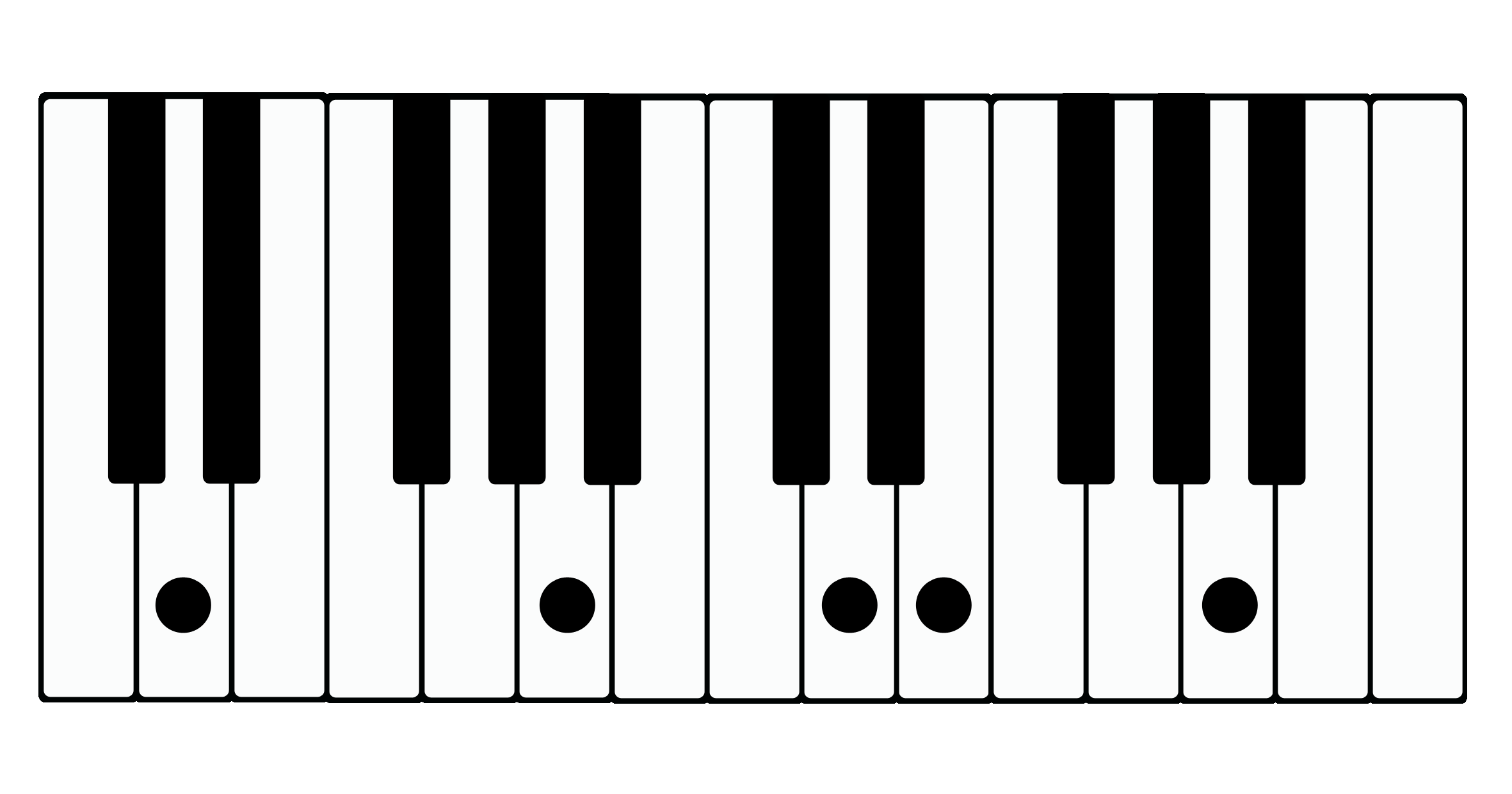
1. Why is Music Theory Important
Music technology is growing at a rapid pace with more and more producers leaning on sound design and vibes to get their songs on the top of the charts. The question that this now poses is, is theory really all that important to learn if there are two-chord songs topping the charts?
We’re looking at you “Humble” by Kendrick Lamar; written in Eb minor and bouncing back between Eb (i) and Ab(v)—yes, he’s using the natural minor. And as simple as the song might sound, there’s theory behind why bouncing between those chords sound so grounded; and I’m sure Mike WiLL Made It knew that. But then you have a song like “Sicko Mode” by Travis Scott ft. Drake with intro chords so dense, key switches, and different progressions throughout. One song isn’t better than the other simply because of musical complexity, but both songs take a master at their craft.
2. What is Chord Progression
Before we talk about chord progression, we have to talk about key signature. We’ve all heard “do-re-me-fa-sol-la-ti-do”, and chances are you just sang it in your head. Well, no matter what notes you started on, you just sang a major scale. A key signature tells you all the notes in said scale one key signature has a major and partnered minor key/scale.
Over the last few years, the top billboard songs have been in a minor key more often than major; but to make things easier I’ll only talk about C major which uses only the white keys on the piano. There are tons of articles and videos that talk about different key signatures and their modal scales so if you’re interested in that, click here to get started.
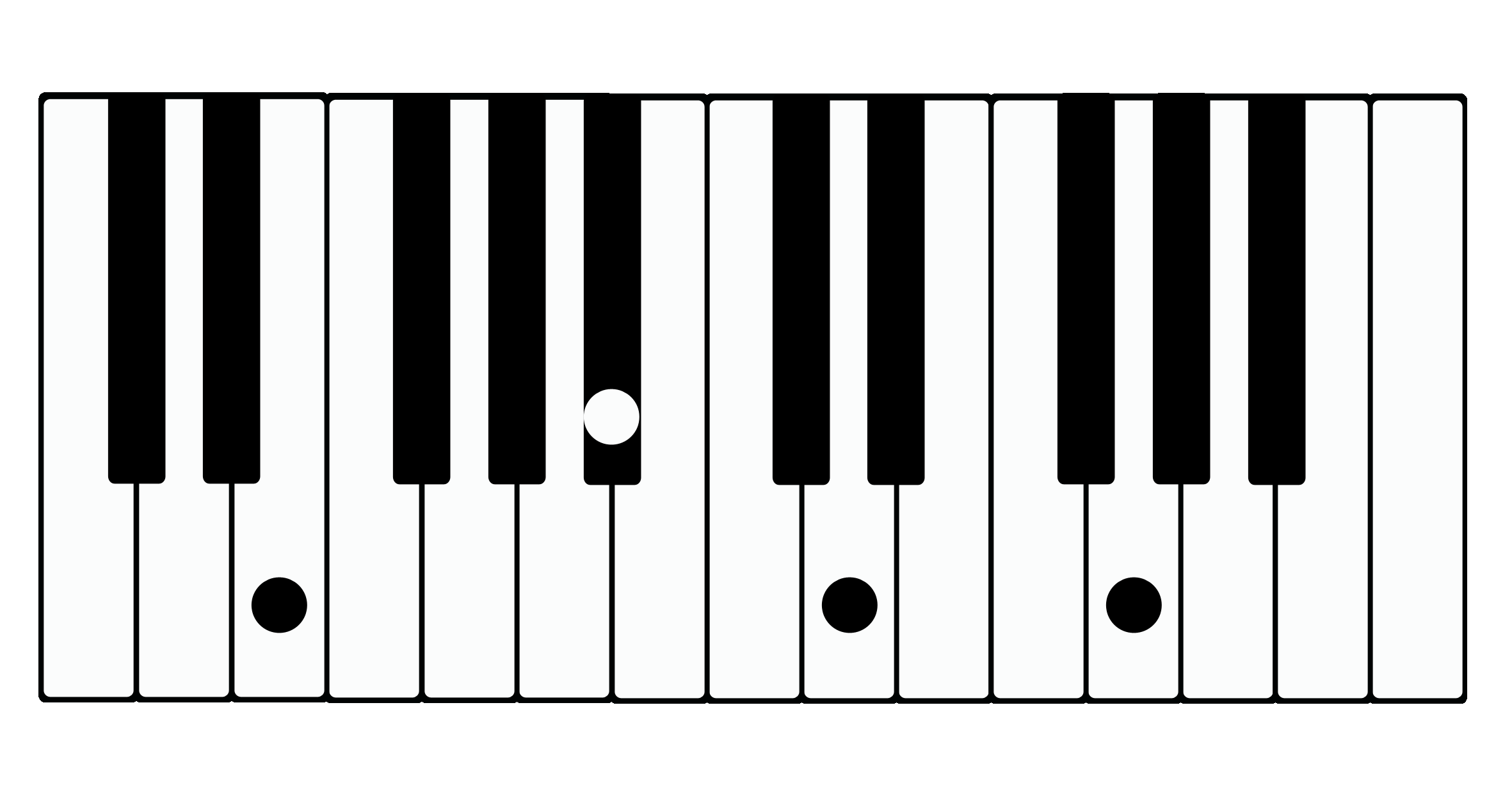
With that out of the way, chord progression is the pattern of chords that composers and producers use to write songs. In today’s trap and hip-hop music, we still use a musical language that date all the way back to classical music, but we use it very differently than composers did at that time.
Still, understanding chords and how they relate to each other is exactly how we got here making the language still relevant to learn. These patterns can typically range from 2 chords like in “Humble”, to 4 chords (we will talk more about these later), but there are tons of songs that do what they want as well.
Musicians talk about these progressions using roman numerals; here’s what that looks like going back to the C major scale: C is I, D is ii…. B is vii∞. There’s also a quality to the chord that’s noted by whether the roman numeral is upper or lower cased.
So, a chord built on the roman numeral V will start with G, it’s a major chord and will include B and D on top; a chord built on vi will start with A, it’s a minor chord and will include a C and E on top. The more you get into theory, the more a roman numeral can tell you about the chord you’re hearing or looking at.
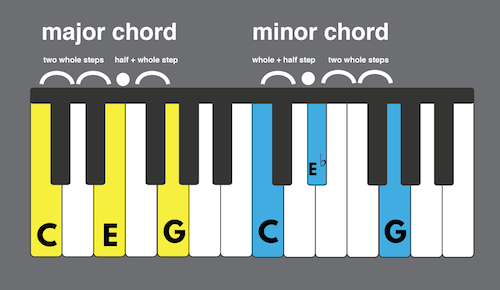
3. What Are The Most Common Used Chord Progressions
Looking over the top songs for trap and hip-hop I was surprised to see that there weren’t a lot of the same progressions being used, but there were a lot of the same chords being used. Mainly the chords that ground you in the key: I, IV, and V; and others that just sound good but aren’t part of the key like bVI. Because of that, I decided to show some common pop progressions down even though we’re talking about hip-hop.
Looking at common pop chord progressions will help form a base for how to interpret chord function and the progressions used in the example section. There’s also a video from a few years back that further cements how common progressions work in pop songs.

4. Examples of Popular Chord Progressions
Let’s take a look at songs that have topped the charts by using the same chords from up above.
I-V-vi-IV
- “Girls Like You” Maroon 5 ft Cardi
vi-IV-I-V
- “Marilyn Monroe” Nicki Minaj
I-IV-V
- “This is America” Childish Gambino
I-IV
- “Psycho” Post Malone ft. Ty Dolla $ign
ii-V-I-IV
- “Better Now” Post Malone
i-v
- “Humble” Kendrick Lamar
i-iv-V
- “I Like It” Cardi B, Bad Bunny, J Balvin
I-bVI
- “Fefe” 6ix9ine, Nicki Minaj, Murda Beatz
That's about it.
At the end of the day, music is about self-expression and you’re free to make or break rules as you please. But having a foundation helps to understand where we as a community have come from and where we’re going.
If this article interested you, you can delve deeper into music theory by following a few of my favorite theorists: 12Tone, Adam Neely, and Sound Field. They provide easy to understand and relatable theory context to the music we hear all around us.
Share this with your producer friends!

Cheyenne
Cheyenne "Enneyeh" McKenzie is a songwriter and producer from Brooklyn. She's been writing since she was 15 and has been in the music industry professionally since 2017. Music is her passion and she hopes that the songs she writes help others heal.
3 Tips For Making Melodies
Having trouble making melodies? Here are 3 tips that will change that!
How To Mix Your Beats
Learn a simple way to mix your beats and get them sounding better!
How To Write Chords
Don't want to learn music theory? Here's a simple way to write chords.

